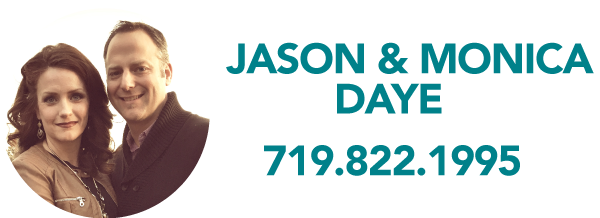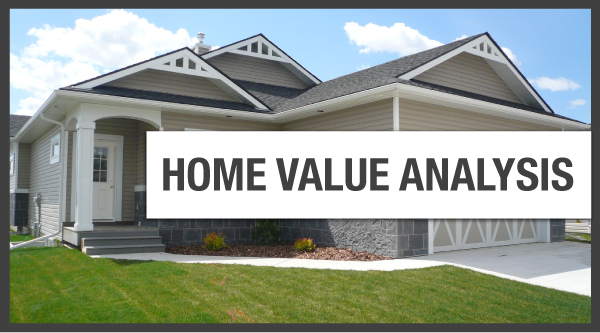Risk-Free Accounts for Your Home Down Payment
If you’re one of the many Americans planning to buy a home in the coming year, you may be wondering where you should keep your down payment.
To be on the safe side, you should put this money in “cash equivalents” that are protected by the Federal Deposit Insurance Corporation (FDIC) or the U.S. government. You might sacrifice return, but you’ll have peace of mind that the money will be available when you need it.
Here are some risk-free savings options.
Online savings accounts
For industry-leading interest rates, consider parking your cash at an online bank. You can compare rates online to review your options.
Banking online means you don’t have to plan your day around the bank’s hours or worry about long lines. It’s a cinch to set up automatic transfers and direct deposits, and you can easily track your money because your account information is available anytime online or via mobile phone.
Plus, because you won’t be driving by the bank when you’re out and about, chances are you’ll be less tempted to raid this account. The money will therefore be used as intended: for your home down payment.
The following were ranked among 2015’s “Best Savings Accounts,” according to GOBankingRates (based on criteria that impacts consumers the most, like minimum deposit to open, minimum deposit to avoid a fee, monthly service fees, and the all-important annual percentage yield): GE Capital Bank, MySavingsDirect, Barclays, iGoBanking.com, and Ally Bank.
Certificates of deposit (CDs)
As with savings accounts, most CDs are FDIC-insured. But, they’re less liquid. And, unlike savings accounts, there are generally penalties — of as much as 6 months’ worth of interest — if you withdraw the money before the term is up.
Sure, you could invest in a short-term CD (say, a three-month term) if you’re concerned you may pull the money out prematurely, but the longer the term, the better the interest rates. For example, a one-month CD currently averages just .38 percent, while a 5-year CD is 1.23 percent, according to DepositAccounts.com, a go-to site for researching rates.
Don’t want to lock your balance in for such a long period of time given this low-rate environment? Consider “laddering,” where you’re dividing up your savings into CDs of varying lengths from three months to a year or more.
Money market accounts
A money market account — which you can establish at your local bank — is another way to go, but some of the highest-yielding options base their yields on a starter rate that drops over time.
Also, many consumers confuse these accounts, which are often FDIC-insured, with money market funds, which are similar to mutual funds, and are not FDIC insured.
High-yield checking account
This type of FDIC-insured account is offered by many financial institutions and can carry annual interest rates in excess of 2 percent, which sounds like a windfall in today’s low interest rate environment.
However, this high APR comes with stipulations. Account holders have to meet a number of conditions, such as making a minimum number of debit card transactions per month, enrolling in electronic statements, or signing up for direct deposit.
Also, high-yield checking accounts impose balance caps, so there are limits on the amount of money on which interest is paid. These limits range from $500 to $25,000. The average cap last year, according to Bankrate, was just over $17,000.
Related:
- 5 Ways to (Really) Save for a Down Payment
- Low Down Payment Home Loans: Which is Best for You?
- Getting Mortgages Is Now Considerably Easier Than a Year Ago
Note: The views and opinions expressed in this article are those of the author and do not necessarily reflect the opinion or position of Zillow.
Powered by WPeMatico
|
Want To Learn More?
|

|
|
Chat with us!
|
|
Want To Learn More?
|

|
|
Chat with us!
|







